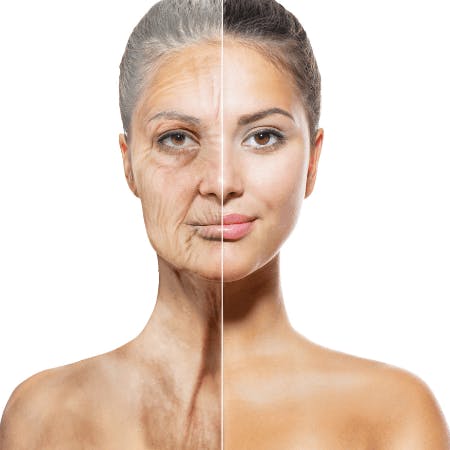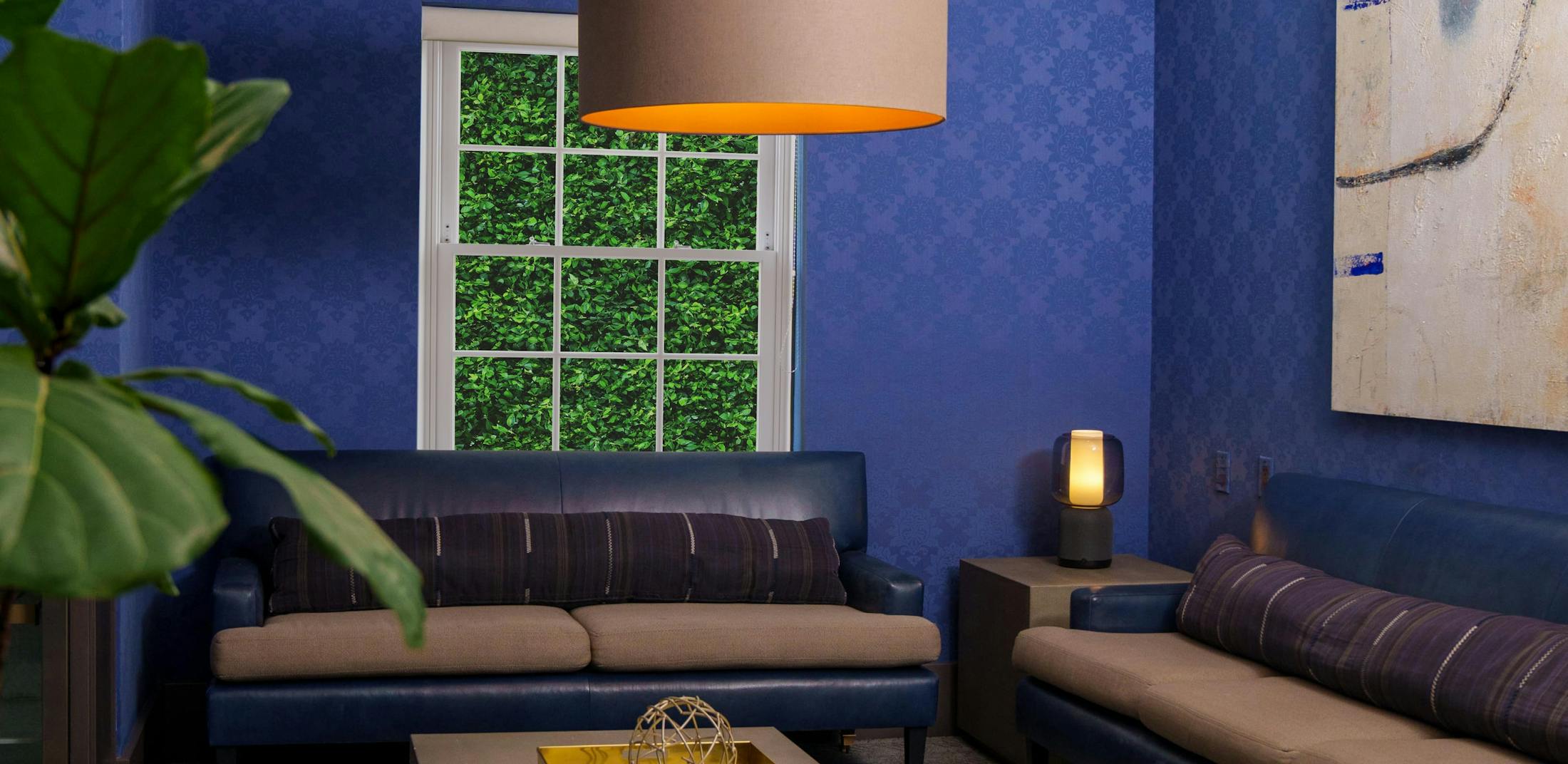
When it comes to aging, it’s not easy trying to hide or prevent the physical effects on the skin. Annually, billions of dollars are spent on beauty products and treatments that promise results, yet their effectiveness remains unproven. Long-term commitment is often necessary, and results are typically lackluster and unpredictable.
Despite the popularity and availability of elective cosmetic procedures, many people remain unaware of how safe and effective the facelift is at smoothing wrinkles and indentations, lifting sagging skin, and rejuvenating the appearance.
Several types of facelift procedures target and correct various skin irregularities across the facial area. However, the most advanced type is the deep plane facelift. Deep plane facelifts provide consistent, organic, and more attractive results than other cosmetic procedures for the face. Here’s a quick look into why.
What Is the Difference Between Traditional Facelifts and Deep Plane Facelifts?
Deep plane facelifts differ from traditional facelifts in several ways. The first involves methods. Conventional procedures require Dr. Torkian uses harsh techniques that pull and create tension to tighten the skin and the superficial layers of the skin on the face. Lifting the superficial musculature layers of the skin involves changing how certain superficial musculature and connective tissues connect to provide a stronger foundation for the facial tissues.
Deep plane techniques involve Dr. Torkian making deeper adjustments to the superficial skin layers to lift and tighten the skin to restore its youthful appearance. The deep plane facelift procedure targets the ligaments and muscular attachments deep beneath the skin to naturally lift drooping skin and mispositioned fat deposits to restore vitality, suppleness, and youthfulness to the appearance.
The Benefits of Deep Plane Facelifts
Deep plane facelifts are practically blemish-free. One undesirable effect of many reconstructive surgery procedures is scarring. Though scars eventually fade with time, they are typically an unpleasant sight when they appear on the face.
Incisions are made in the sideburn and ear area, just below the hairline, to minimize the risk and appearance of bruising and scars. Placing incisions in this area redirects tension from the skin to the lower plane of the face to improve its profile and contours.
Deep plane techniques allow Dr. Torkian to lift the skin more thoroughly without adding too much tension to the tissues. For patients, this means less tissue trauma and more consistent, predictable, and natural-looking results.
Less tension on the facial tissue means longer-lasting results. Sadly, nothing lasts forever, and facelifts aren’t quite yet capable of producing permanent changes. However, deep plane facelifts are minimally invasive and produce long-term improvements to the face.
Deep plane facelifts lessen the appearance of new or additional aging concerns on the face. Many patients enjoy their new appearances for up to 10 years before needing additional facelift sessions.
Fillers and implants are not necessary to fill out the sunken areas of the skin where volume loss is common. Depending on the patient’s treatment goals, Dr. Torkian may redistribute fatty tissues below the cheeks to help lift and add better definition to the contours of the mid-face.
What Are the Risks of Deep Plane Facelifts?
Recovery time for deep plane facelift patients typically lasts up to six weeks. During the first few weeks of recovery, the signs of bruising, sensitivity, swelling, and discomfort are slightly noticeable, but only under close inspection.
Cosmetic surgical procedures come with risks, regardless of procedure type. The most common side effects of facelifts are swelling and bruising, which can last up to one year.
Additional risks associated with deep plane facelifts include the following:
- Nerve damage
- Facial tightness
- Hair loss
- Asymmetrical results
- Edema
- Skin necrosis
Patients should adhere to Dr. Torkian’s deep plane facelift aftercare instructions. Patients may be required to wear compression garments, bandages, and wound dressings for the first two weeks. They should also refrain from strenuous and heavy activities to prevent accidental trauma, swelling, and complications.
 Who Qualifies for a Deep Plane Facelift?
Who Qualifies for a Deep Plane Facelift?
Despite being one of the more popular facelift procedures, not everyone qualifies. Interested individuals must schedule a consultation to discuss their goals and learn suitable treatment options, including deep plane facelift candidacy. To qualify for the procedure, patients should meet the following criteria:
- Be a nonsmoker or willing to stop smoking several weeks to a few months before and after the procedure
- Be in good general health
- Willing to commit to treatment pre-op and post-operative care plan
- Willing to make dietary, lifestyle, and skincare changes to maintain results
Dr. Torkian customizes each patient’s deep plane facelift to their facial anatomy to provide desirable results that last indefinitely. Additional cosmetic procedures, such as brow lifts, eyelid surgery, non-surgical rhinoplasty, and neck lifts, can be performed in combination with the facelift to help patients get the youthful, rejuvenated skin and appearance they desire.
Find Out If Deep Plane Facelift Is Right for You
Because there are several types of facelifts to consider, scheduling a consultation is highly beneficial to learning options that work best for you. Dr. Behrooz Torkian is a board-certified facial plastic surgeon specializing in facial rejuvenation and cosmetic procedures that remodel deep below the skin to transform the outward surface.
Take the first step towards getting the younger appearance you desire to preserve your youth and boost your confidence. Contact Torkian Facial Plastic Surgery today!

